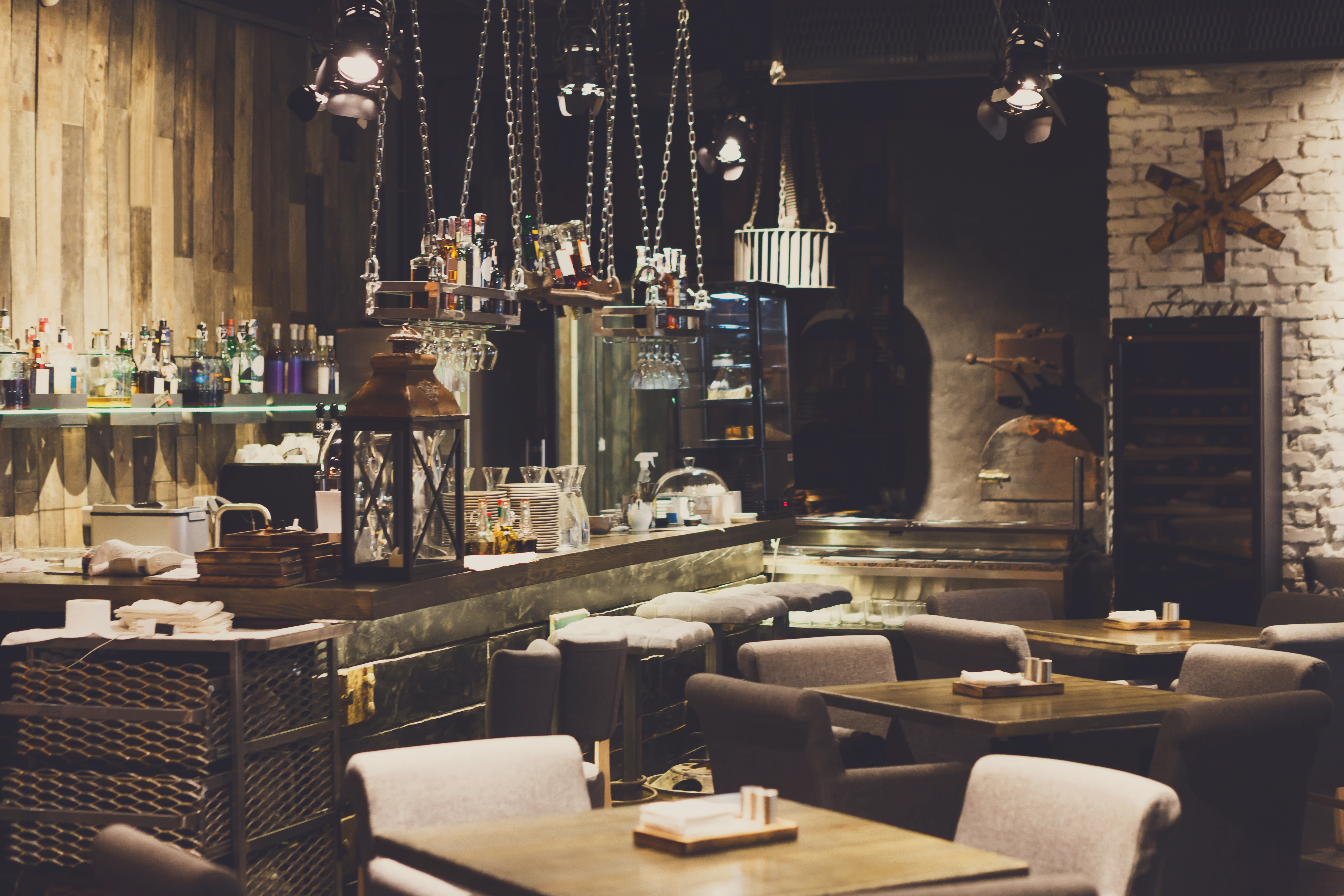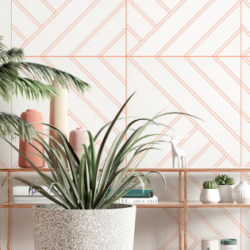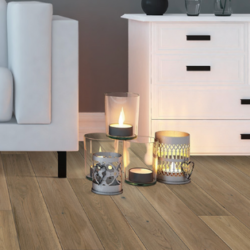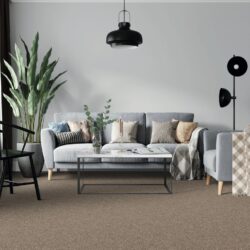Design is more than just a visual tool to leverage for business. The project can be as massive as restaurant interior design or as minimal as the design for a small pop-up shop. Whatever the case may be, there are tips and tricks that progressively creative business owners are taking stock in.
For instance, did you know that more than 90 percent of shoppers turn right when they enter into a storefront? Or, did you know that 80 percent of a business’ decor is comprised with primary colors to keep customers comfortable and at peace during their visit?
Facebook isn’t the only one cashing in on customer preferences. These types of interior design tricks for restaurants and businesses have been paving the way to success since the mid-1900s. And it is likely that it was happening before that, too!
So, how do they do it?
Let’s talk about it. Here are some of the top tips for business and restaurant interior design.
Keeping customers comfy
There are quite a few ways to make guests comfortable during their visit. For one, comfortable seating is a huge must-have, especially if we are talking about restaurant interior design. Seating areas should be large enough for multiple people, who are probably strangers, to sit and wait, without feeling like there’s an invasion of their personal space. Speaking of personal space, let’s talk about the “butt-brush” effect. This term was created by retail consultant, Paco Underhill and it is basically the [unwanted] result of a customer feeling too closed in, to where a passerby or piece of furniture could give them a “butt brush.” The solution to this obstacle is to draft and create large, open spaces for guests so that they can move freely without fear of running into something, or someone. Behavioral studies show that adults, men and women alike, are most likely to avoid tight spaces like this.
Capitalizing on psychology
Big brands like McDonald’s know the value of understanding their customers wants and needs, even if they’re subconscious. For example, the human eye is built to detect motion. So, you know the digital menus that have movement on them? Of course, you do, they got your attention! Businesses who use tactics like this one are called Choice Architects. They create places and spaces where customers are guided into making buying decisions. And through the power of psychology, they are able to influence those buying decisions, whether it’s the attention-grabbing moving menu or a color scheme that induces a sense of hunger.
Striving to stay relevant
For decades, major brands have maintained their design efforts without budging. The colors, the typefaces, even the interior design of every location or store would only need minor touch-ups throughout the years. But now, brands are faced with a new challenge: stay relevant or someone else will. In order to do this, brands have had to revisit interior design plans, branding guides, and marketing tactics to keep their heads above water. Currently, for example, the minimalist movement is taking the world by storm. Clean, open spaces are all the rage and the new buying generation (aka, millennials) are more interested in the story of the space than just the surface of it. And let’s not forget the Instagramability factor. To be blunt, have you heard of the hashtag #iHaveThisThingWithFloors? Interior designers are constantly on the brink of creating spaces that customers love so much, that they have to share it with their social networks.
Restaurant Interior Design
Now that we’ve got that covered, who wants to talk about tile? (insert emoji with raised hand) Let us know how a Surface Ninja from #TEAMTS can help you today!
Categorised in: Interior Design
This post was written by Elizabeth Chambley







